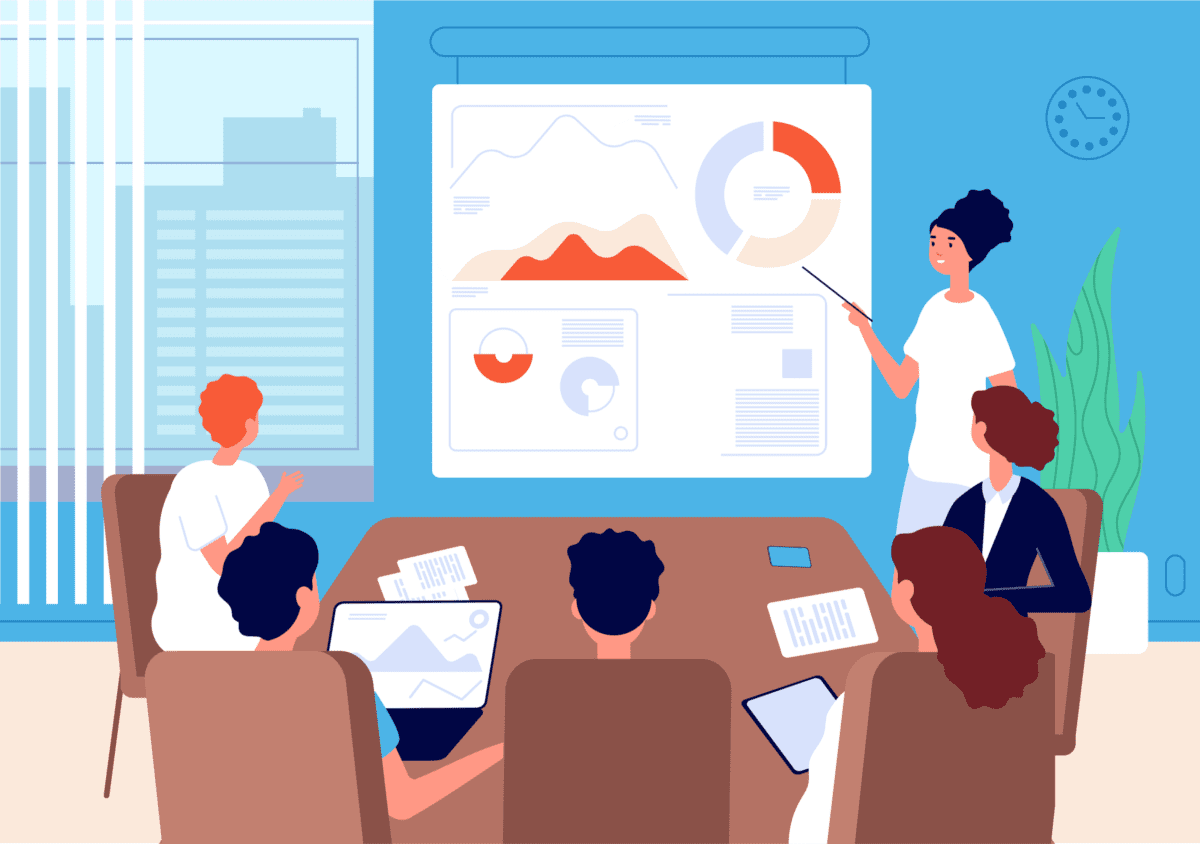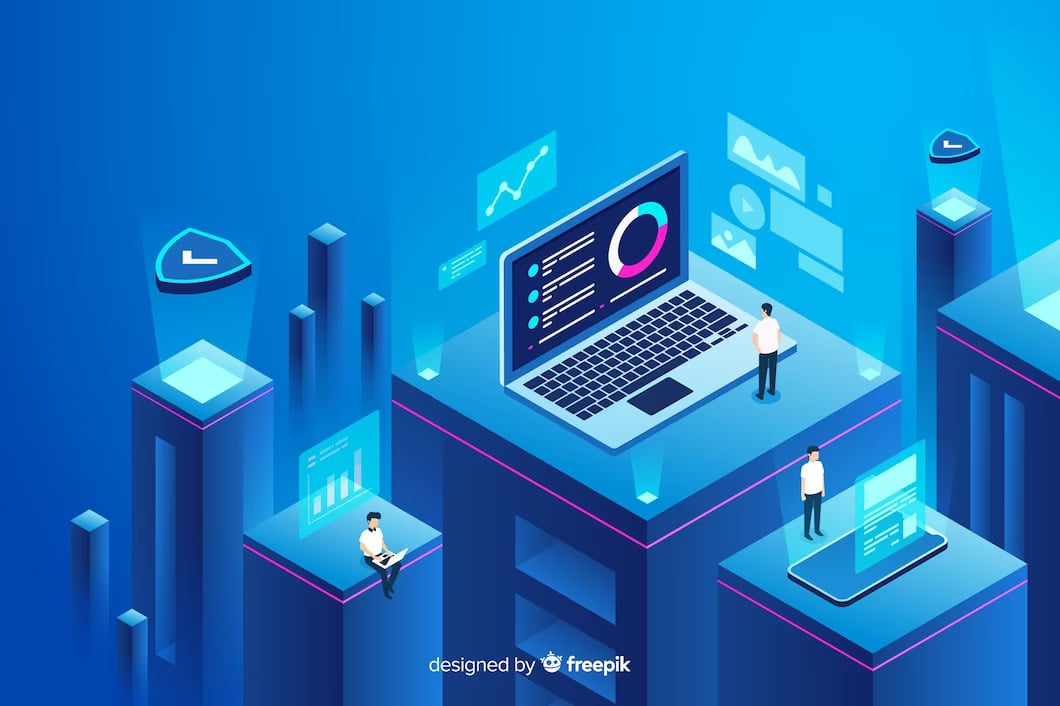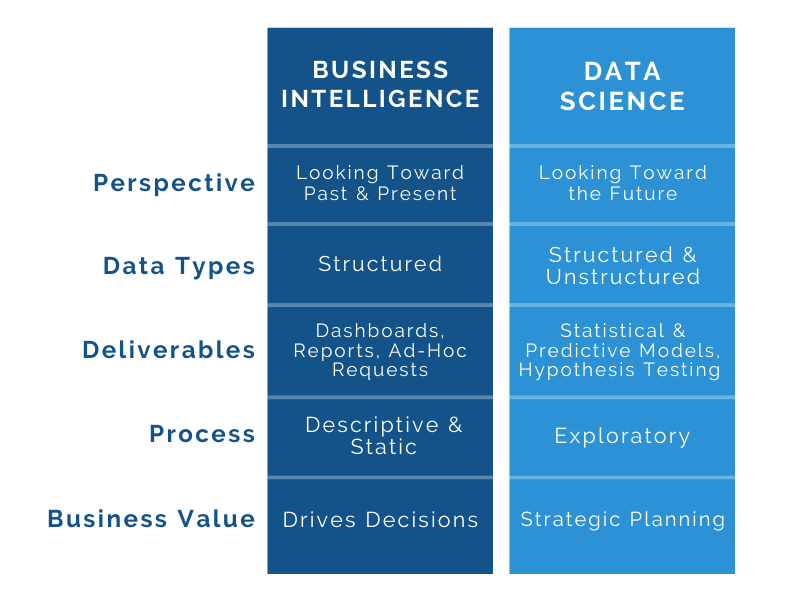What is Healthcare Analytics?
The healthcare analytics field involves collecting and analyzing data from health services in order to make improved medical decisions in the future. The goal of the field is to support overarching health domains, ranging from prescriptions to microcosmic areas such as rare diseases. Better care can be given to patients in less time than ever before due to the introduction of BI and healthcare analytics tools.
Depending on the field of medical practice in which healthcare analytics software is used, the benefits vary. For example, a small local practitioner may see the biggest benefit in having access to public health information derived from large hospital groups. Through this, the practitioner may be able to gain insights they otherwise would not have access to. On the other hand, the largest benefit that a large hospital may see in healthcare analytics could be streamlining patient charts and records. This can significantly lower the chances of losing records and ensures flexible access to needed information.
How Does the Healthcare Industry Use Healthcare Analytics?
The healthcare industry uses healthcare analytics to support services on all fronts. From ensuring positive patient experiences to lowering readmission rates to payer and insurance services, healthcare analytics has a wide array of purposes.
The high-risk patient population is one demographic assisted by healthcare analytics. This type of software digitizes healthcare records and leverage Artificial Intelligence (AI) to easily flag and identify high-risk patients. Physicians can utilize this data to divert patients from potential emergency room visits down the line. Extremely intricate risks, such as a rare polydrug reaction that can only occur with certain uncommon diseases, can be instantly highlighted and then mitigated by the prescribing physician.
Human error is also significantly cut down by healthcare analytics. Anomalies in prescription dosages can be found before a patient is prescribed the wrong amount. Both doctors and insurance companies can automate lengthy claims processes, allowing doctors to spend more time one-on-one with patients and less time haggling with insurers. In the most significant cases, even accidental death with lasting medical, fiscal, and personal problems attached can be prevented; this is particularly beneficial for larger offices with more doctors and patients since the onus is no longer solely on the doctor to have a clear and comprehensive view of the patient.
How Healthcare Analytics is Transforming Healthcare
Healthcare is rapidly evolving, primarily due to innovations in healthcare analytics software. Business Intelligence (BI) is one such innovation that’s been a game-changer. The costs of operation, workflow, and automated decision-making software involved are all evolving over time. Indirectly, healthcare facilities and practitioners benefit from data aggregated and analyzed from other facilities to help each other identify public health issues like COVID-19, as we’ve seen over the past couple of years.
Another more recent evolution in healthcare analytics is Population Health Management (PHM). This is a more modern approach to health; while traditional healthcare is reactive to situations that emerge, PHM focuses on preventing possible issues that could occur in the future. This is far more efficient in terms of time and money, but it requires predictive modeling in order for it to work in the public sector.
To perform PHM using healthcare analytics software, there must be a first, large initial data set. Using this, specific diagnoses can be analyzed and patterns can be found. In other words, AI can essentially perform medical research on very specific populations to inform doctors on public health problems and how they may work to help lower incidences in their local communities.
Wrapping Up Healthcare Analytics
It’s clear that healthcare analytics software is used extensively across the strata of medicine. Patients see instant value in this because it makes everything from new patient signup to paying copays much easier and more streamlined. Practitioners also see an instant return on investment from healthcare analytics by lessening manual research time and administrative headaches. Even insurance companies benefit, as do their customers, by being able to process items like prior authorizations and the like at a much faster rate than ever before.




 Perspective
Perspective







